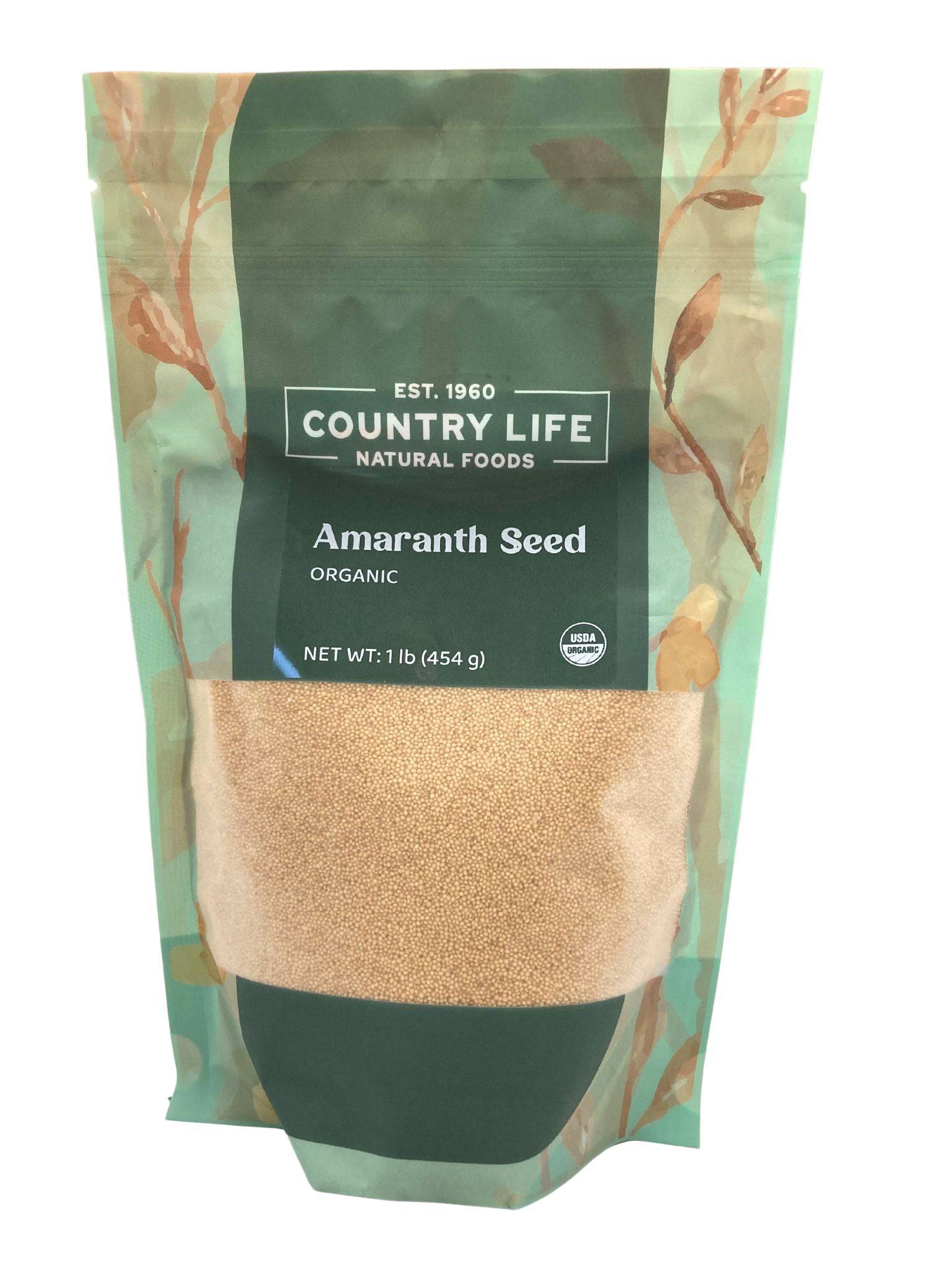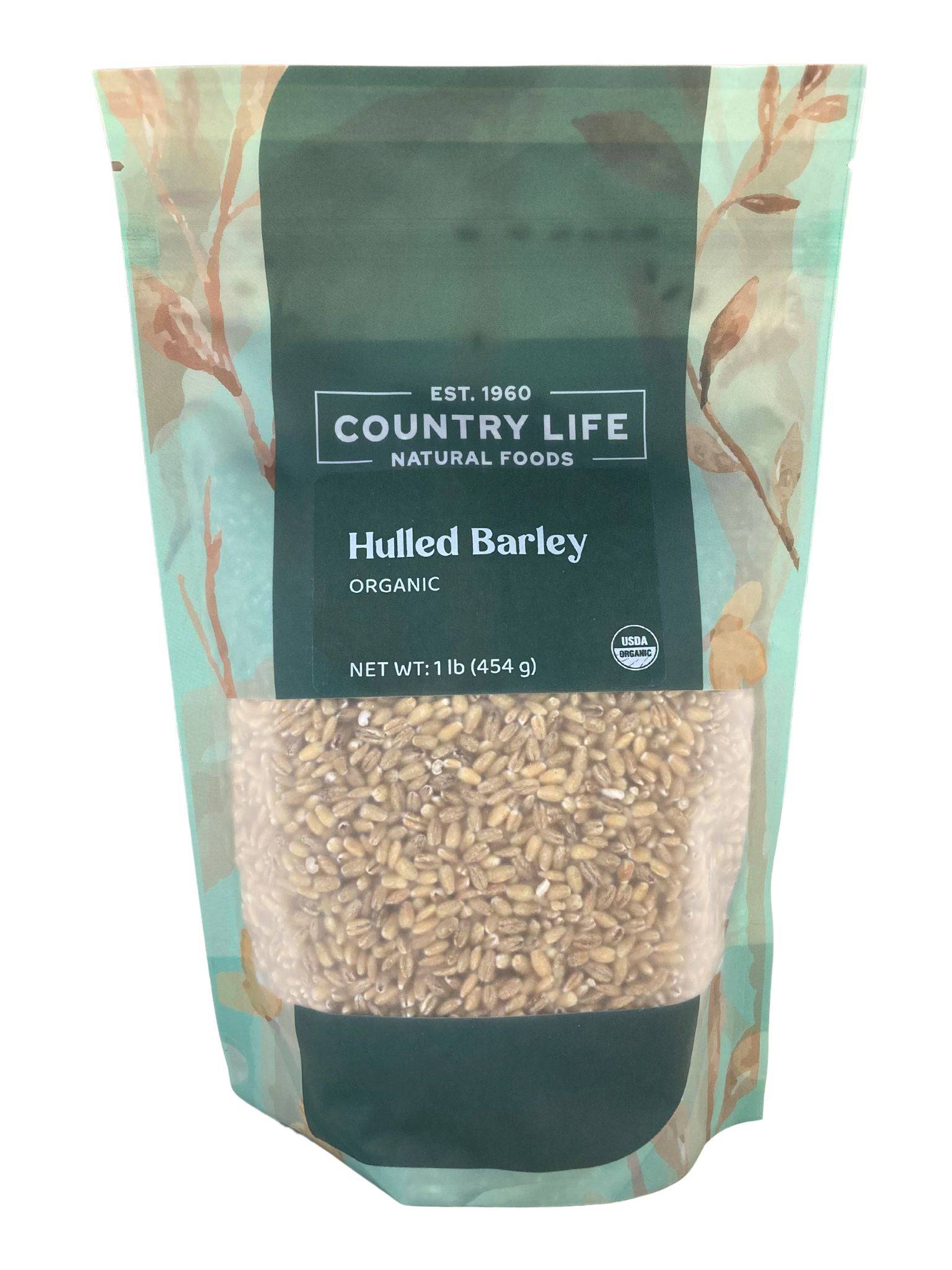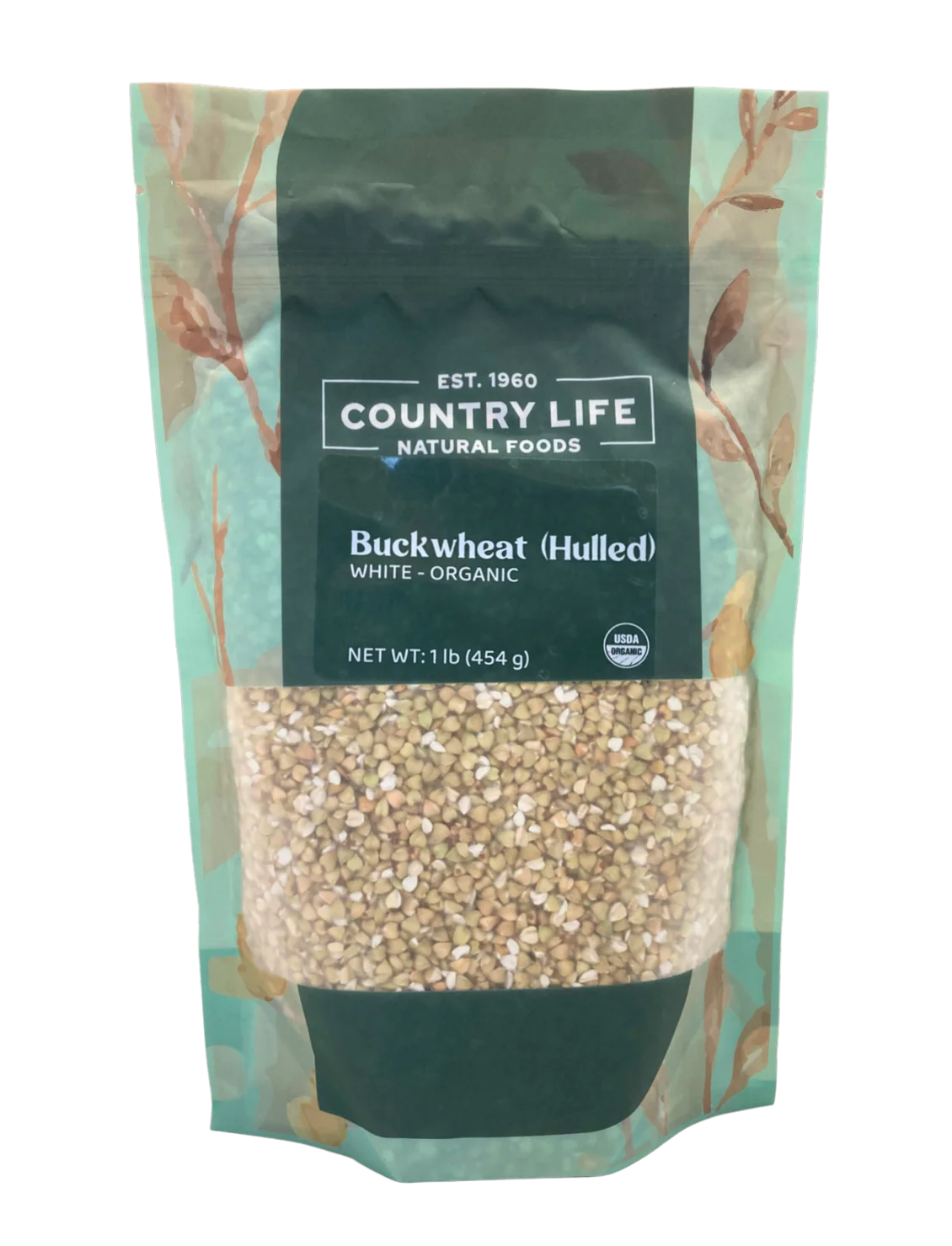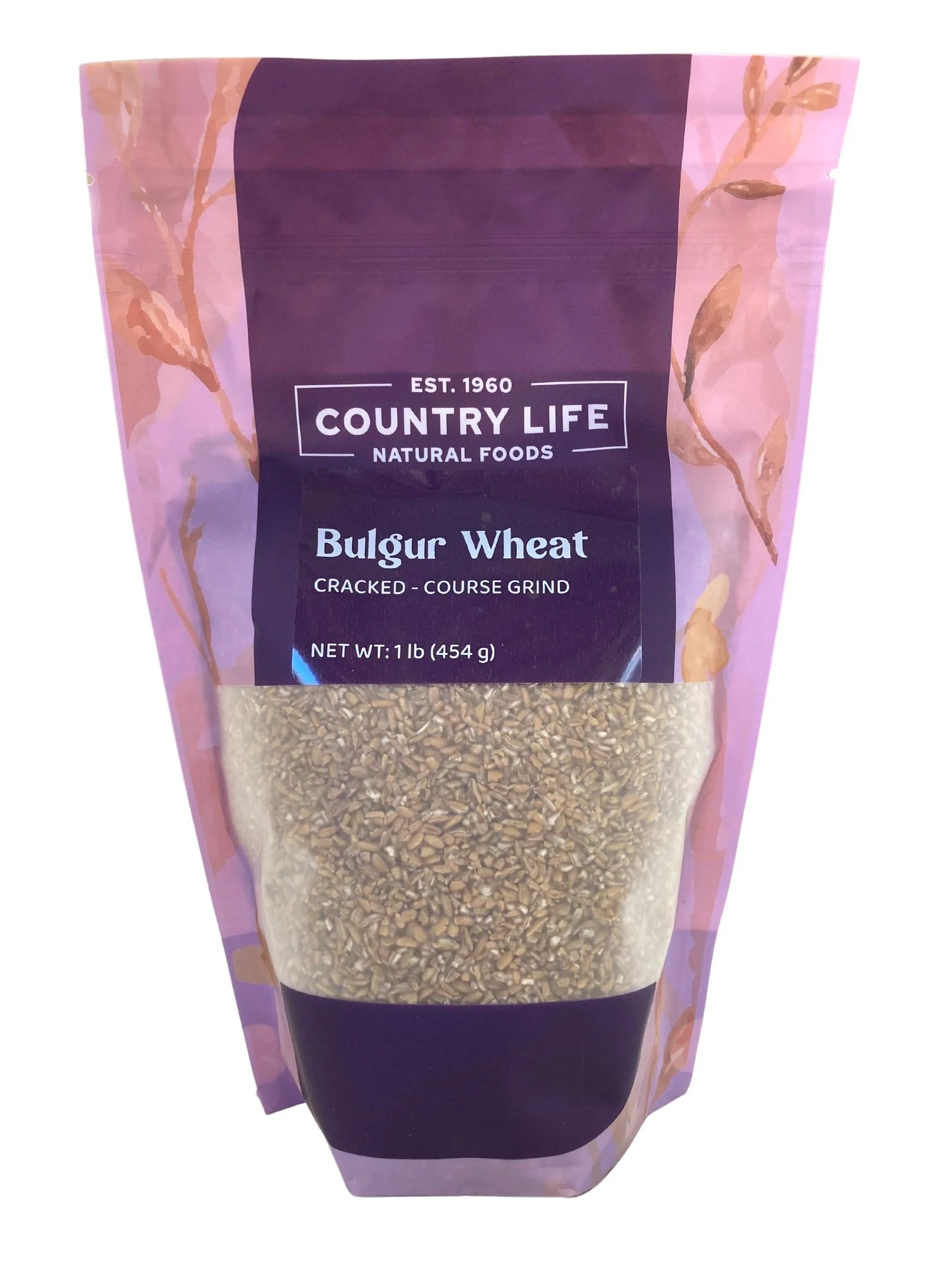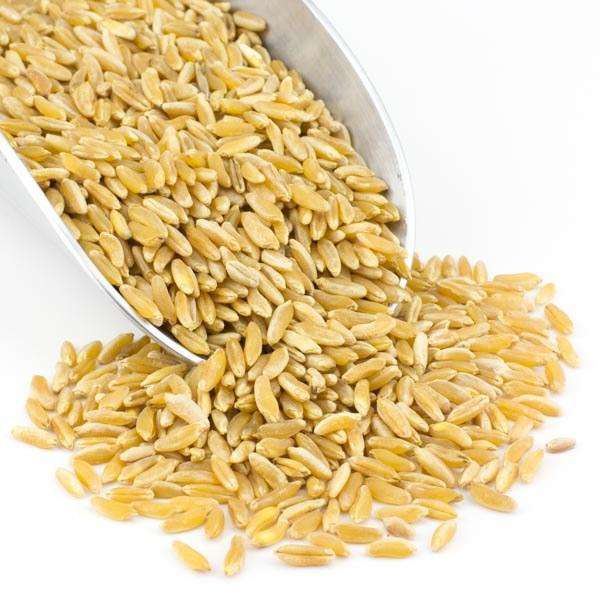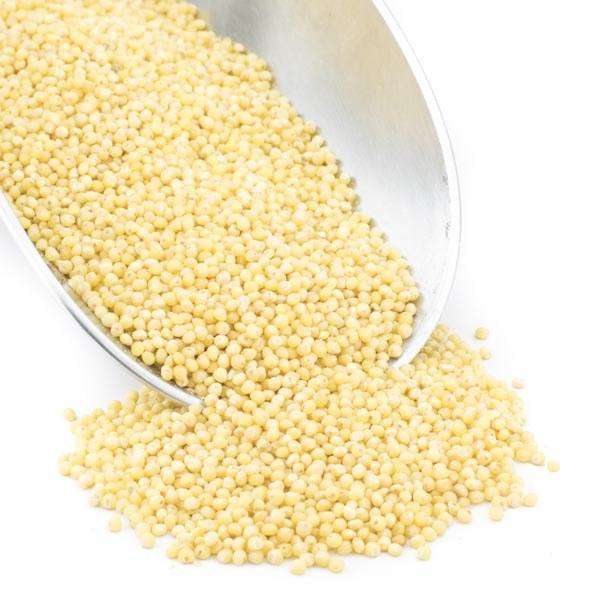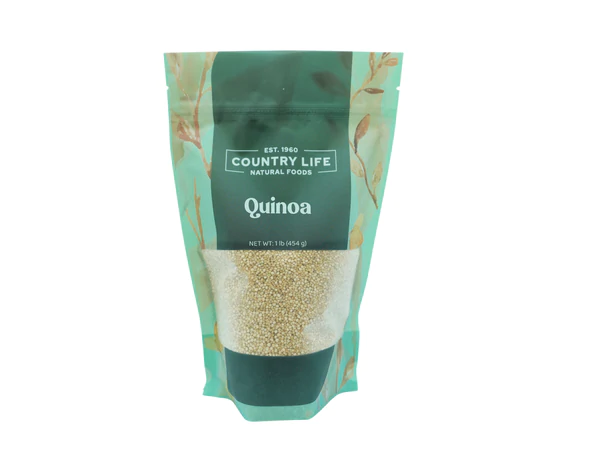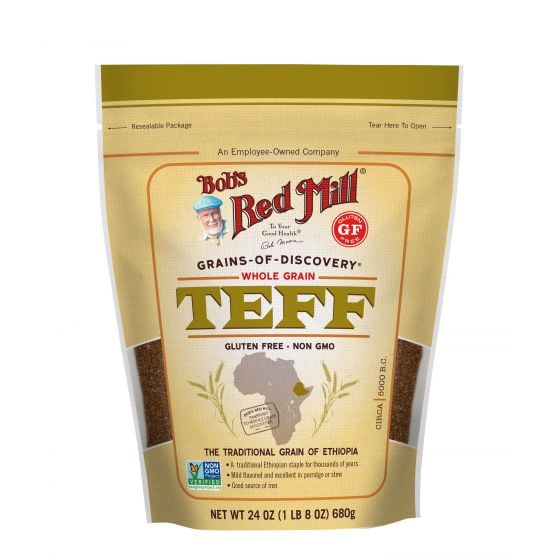In our modern world, where dietary trends change like the seasons, ancient grains have a timeless appeal.
For thousands of years, these basic yet amazing grains have nourished civilizations, and their spanning popularity is no accident.
These ancient seeds are not only delicious but also incredibly nutritious, making them ideal for the health-conscious, environmentally conscious, and culinary adventurous among us. Sounds like our type of customer ;-)
Discover the world of ten ancient grains that have withstood the test of time, learning about their nutritional benefits and tasty ways to incorporate them into your modern diet.
Whether you're a seasoned cook or just interested in eating healthy, ancient grains have something special to offer you and your family!
10 SUPER ANCIENT GRAINS
1. Amaranth
What is amaranth?
Amaranth is a gluten-free grain (although actually a seed) with a somewhat nutty, herbaceous, and peppery flavor. Amaranth can be eaten as a whole seed or processed into flour.
Health Advantages
Amaranth is a protein powerhouse, carrying more protein than most other cereals. It's also high in calcium, iron, and magnesium, all of which help with bone health and muscle performance.
Nutrition per 100 grams of Amaranth (uncooked):
- Calories: 371
- Protein: 13.6 grams
- Carbs: 65 grams
- Fiber: 10 grams
- Fat: 6.7 grams
How to Use Amaranth
Cook amaranth like rice or quinoa and use it as a base for breakfast porridge, pilafs, salads, or side dishes. You can even pop amaranth like popcorn for a unique snack. Amaranth flour combines well with almond flour in recipes and works great as a gluten-free thickener in soups and sauces.
BUY ORGANIC AMARANTH SEEDS HERE
2. Barley
What is Barley?
Barley was one of the first cultivated grains, particularly in Eurasia, as early as 10,000 years ago. It has a chewy texture and nutty flavor.
Health Benefits
Barley contains beta-glucans, a type of soluble fiber known for its cholesterol-lowering properties. With 17 grams of fiber per 100g, your gut and digestion will thank you. Barley is also a good source of selenium and B-vitamins, improving digestion and energy production.
Nutrition per 100 grams of Barley (uncooked):
- Calories: 354
- Carbs: 73.5 grams
- Fat: 2.3 grams
- Fiber: 17 grams
- Protein: 12.5 grams
How to Use Barley
Use cooked barley as a base for soups, stews, or salads. You can also make a hearty barley risotto or use it to add texture to vegetarian burgers.


3. Bulgar Wheat
What is Bulgar Wheat?
Bulgar wheat is a versatile and nutritious grain made from cracked and parboiled hard red winter wheat kernels. It has a delicious nutty flavor and a satisfyingly chewy texture, and it's easy to make.
Health Benefits
Bulgar wheat contains a lot of fiber, which helps with digestion, blood sugar regulation, and weight management. It's also high in plant-based protein, making it a great choice for vegetarians and vegans. Bulgar wheat has a lot of vitamins and minerals like manganese, magnesium, zinc, and iron.
Nutrition per 100 grams of Bulgar Wheat (uncooked):
- Calories: 357
- Carbs: 80 grams
- Fat: 1.5 grams
- Fiber: 12 grams
- Protein: 7 grams
How to Use Bulgar Wheat
Cook cracked bulgar wheat on the stove, in a rice cooker, or even in the microwave. Once cooked, it can be enjoyed on its own or added to salads, soups, and grain bowls.
4. Buckwheat
What is Buckwheat?
Buckwheat is a gluten-free pseudograin seed that is processed into groats, flour, and noodles, similar to quinoa and amaranth.
Health Benefits
It is substantially higher in critical minerals, including magnesium, manganese, and copper, than other grains. Furthermore, the husk includes resistant starch, which is digested in your colon by gut bacteria and serves as sustenance for the cells lining your colon, boosting gut health and lowering your risk of colon cancer. Buckwheat is also high in plant components, making it far more antioxidant-rich than other grains.
Nutrition per 100 grams of Buckwheat (uncooked):
- Calories: 343
- Protein: 13.3 grams
- Carbs: 71.5 grams
- Fiber: 10 grams
- Fat: 3.4 grams
How to Use Buckwheat
Make buckwheat pancakes and waffles, or use it to create a nourishing bowl of soba noodles. Buckwheat flour is also a fantastic option for gluten-free baking.
5. Farro
What is Farro?
Farro, also known as emmer wheat, einkorn, or spelt, is a chewy wheat grain with a nutty flavor. Farro contains gluten, so those with celiac disease should exercise caution.
Health Benefits
Farro is rich in fiber and a complete protein, which provides continuous energy and aids in daily bodily activities. It is also high in magnesium, iron, zinc, and niacin. Because it is abundant in fiber and these critical minerals, it is an excellent grain choice for improving digestive health, controlling blood sugar levels, converting food into energy, and maintaining healthy hair, skin, and eyes.
Nutrition per 100 grams of Farro:
- Calories: 340
- Carbs: 68 grams
- Fat: 2 gram
- Fiber: 10 grams
- Protein: 12 grams
How to Use Farro
Cooked farro is a delightful addition to soups, salads, and grain bowls. You can also use it as a base for Mediterranean-style dishes.
6. Kamut
What is Kamut?
Kamut kernels are nearly twice the size of normal wheat kernels and have a creamier, nuttier, and richer flavor. Brown and long grains are available in a variety of forms, including green Kamut, whole grains, couscous, and flour.
Health Benefits
Kamut has a higher protein and fiber content than many other wheat products. It also contains eight necessary amino acids, making it nearly a complete protein and a great source of plant-based protein. Kamut contains vitamins A, B, and E, as well as fatty acids and folate.
Nutrition per 100g of Kamut (uncooked):
- Calories: 320
- Fat: 2 g
- Protein: 14 g
- Carbohydrate: 64 g
- Fiber: 8 g
How to Use Kamut
Enjoy kamut as a hearty side dish on its own, for bulking up soups and stews, tossed with salads, or substitute your breakfast oatmeal with Kamut grains for a creamy breakfast porridge alternative.
Read more: Kamut - Why you need this ancient grain on your plate


7. Millet
What is Millet?
Millet may look like tiny seeds, but it is actually a group of small gluten-free grains from the grass family with a mild, slightly nutty taste. It has become a popular grain thanks to being gluten-free.
Health Benefits
Millet is easy to digest and contains antioxidants that support cellular health. It's a good source of magnesium, phosphorus, and calcium which aids muscle, bone, and nerve function. This cereal also has a low glycemic index (GI), making it less likely to spike your blood sugar levels, so it is great for diabetes. The soluble fiber in millet traps fats and helps reduce cholesterol levels.
Nutrition per 100 grams of Millet:
- Calories: 378
- Carbs: 73 grams
- Fat: 4.22 grams
- Fiber: 8.5 grams
- Protein: 11 grams
How to Use Millet
Cook millet to use as a side dish, or use it to make a creamy porridge. It can also be used as a base for stuffing or added to baked goods for texture.
8. Quinoa
What is Quinoa?
Quinoa (pronounced keen-wah) is a nutrient-dense grain derived from a flowering plant in the amaranth family native to South America. Because of its high nutritional profile, it is frequently referred to as a superfood.
Health Benefits
Quinoa is a complete protein source since it contains all nine essential amino acids that your body needs. As a result, it is a good source of protein for vegans and vegetarians. It's also high in dietary fiber, which increases satiety and assists digestion. Quinoa is high in magnesium, iron, and B vitamins, which help with energy production and general vitality.
Nutrition per 100 grams of Quinoa (uncooked):
- Calories: 368
- Carbs: 64 grams
- Fat: 6 grams
- Fiber: 7 grams
- Protein: 14 grams
How to Use Quinoa
Quinoa is incredibly versatile. Use it as a base for salads, stir-fries, to make patties, or as a side dish. It cooks quickly and can be seasoned with various herbs and spices to suit your taste. Or make delicious quinoa crunch bars for a yummy healthy snack.
9. Rye Berries
What are Rey Berries?
Rye berries, which are related to wheat, have a substantial, nutty flavor and a chewy texture, making them a popular addition in a variety of cuisines.
Health Benefits
Rye berries are high in fiber, protein, and vital minerals like manganese, selenium, phosphorous, and magnesium, making them a healthy addition to any meal.
Nutrition per 100 grams of Rye (uncooked):
- Calories: 338
- Carbs: 76 grams
- Fat: 2 grams
- Fiber: 15 grams
- Protein: 10 grams
How to Use Rye Berries
One of the most appealing aspects of organic rye berries is their culinary versatility. They can be prepared similarly to rice or quinoa, added to soups, stews, breakfast cereal, or ground into flour for baking. For a delicious side dish, sauté cooked berries in a bit of sesame oil with chopped vegetables and tamari.
10. Teff
What is Teff?
Teff is a gluten-free ancient fine grain from Ethiopia. It's about the size of a poppy seed, comes in various colors, from white and red to dark brown, and has a mild flavor.
Health Benefits
Teff has the highest calcium concentration of any grain by far, with a cup of cooked teff providing 123mg, roughly the same amount as a half-cup of cooked spinach. Teff is abundant in resistant starch, a dietary fiber shown to aid blood sugar management, weight control, and colon health.
Nutrition per 100g of Teff:
- Calories: 360
- Fat: 2 g
- Protein: 14 g
- Carbohydrate: 74 g
- Fiber: 8 g
How to Use Teff
Teff can be eaten whole, steamed, boiled, or baked as a side dish or main course. It can also be turned into flour to form a gluten-free substitute and used to make waffles, cookies, bread, crackers, and other baked items.

ANCIENT GRAINS FOR A MODERN WORLD
Incorporating these wholesome ancient grains into your diet can elevate your nutritional intake and contribute to your overall health.
With their diverse textures and flavors, there's no shortage of creative ways to enjoy them. From breakfast bowls to savory dinners, the possibilities are endless.
*Nutrition for each listed ancient grain is based on general averages and may differ slightly between various brands.
Try these delicious recipes with ancient grains:
Want to mill your own grains?
Consider the NutriMill product range from Bosch! This initial investment will help you create any recipe you desire, thanks to the 20+ accessories specifically designed to help you cut, grind, blend, and mix all types of food.
Get the Bosch Kitchen Mixer here, along with our other kitchenware products!



